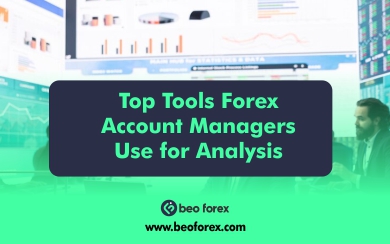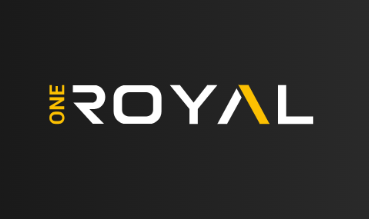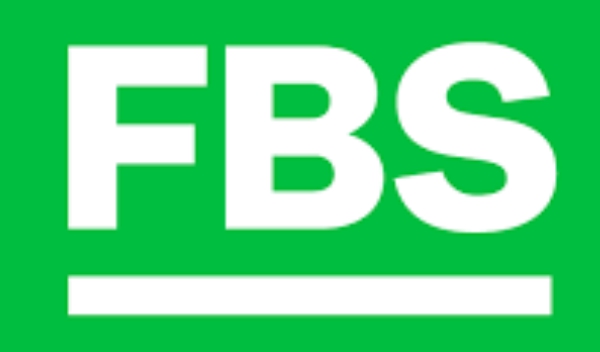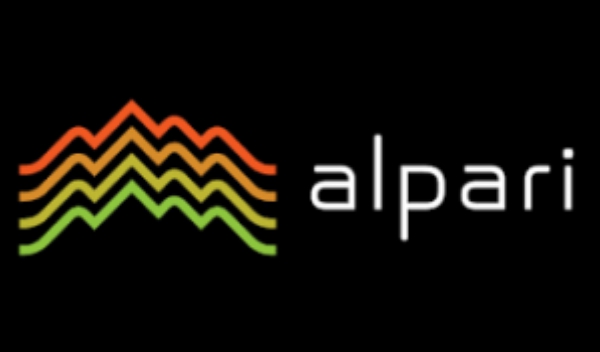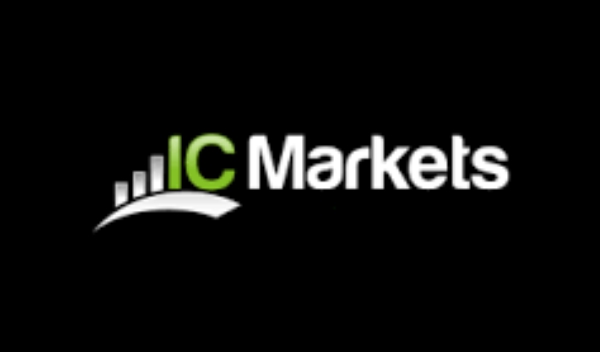Top tools that forex account managers analysis, but is not limited to, include the following. In the Forex arena, several aids are necessary in order to make intelligent decisions regarding buying and selling. It is believed that for one to be successful in this arena of currency trading, the right tool makes a world of difference in terms of success or failure. The following tools are used for trend and risk analysis, as well as to create strategies by an account manager. This article discusses the commonly used tools that forex account managers can utilize for analysis and trading enhancement.
Essential Analytical Tools
There are several types of analytical tools that forex account managers make use of in actionable decision-making and, further, to optimize trading strategies. Some of the more essential items they employ are outlined below.
Charting Software
Charting software is an elementary tool for viewing price action and analyzing trends in the Forex market. Some of the more popular types include:
- MetaTrader 4/5: These include a lot of technical indicators, several chart types, and the depth of analytics. Among the tools to analyze market conditions, traders can use Fibonacci retracements, moving averages, and oscillators.
- TradingView: It comes with an intuitive interface and other community-related features. It involves the creation of interactive charts to share ideas with other traders. It has a wide set of indicators and drawing tools that help in conducting price action analysis.
Fundamental Analysis Tools
Fundamental analysis tools assist the trader in understanding economic reasons causing the shift in currencies. Key resources include:
- Economic Calendars: Websites like Forex Factory and Investing.com keep updated information regarding noteworthy economic events, which also include interest rate releases, jobs reports, and quarterly GDP. These events are watched by traders who take a view of the potential market reactions based on these releases for better decision-making.
- News Aggregators: These are tools like Bloomberg and Reuters that aggregate financial news and updates to present real-time developments on the global markets. The geopolitical events and economic trends knowledge is critical to a trader.
Risk Management Software
Risk management is an important tenet of forex trading that helps to lessen the likelihood of dramatic losses. Some of the best risk management tools include:
- My Trade Risk: This will help the trader compute the potential per-trade risks and rewards and determine an appropriate stop-loss and take-profit level. It will also be of help in finding the overall portfolio risk exposure.
- Risk Metrics: This software provides advanced risk analysis, with the assessment of VaR, which also includes stress testing, and helps traders measure the level of their exposure, thus enabling them to make more profoundly informed decisions.
Backtesting Tools
The backtesting tools help a trader to check their strategies, which in turn help them improve these ways. The most well-known options are the following:
- Forex Tester: It is special software for traders to test trading strategies upon historical market data. The traders can check how well the strategies would have done in the past and find out weaknesses.
- NinjaTrader: A very powerful platform also used for backtesting. NinjaTrader gives deep insight into checking whether their strategies can work well under different market circumstances or not.
Automated Trading Systems
Automated trading systems, or algorithmic trading, use computer software to handle transactions, place buy or sell orders, and close positions without human intervention. Key features include:
- MetaTrader Expert Advisors (EAs): Expert Advisors can be programmed to analyze market conditions and automatically execute trades. This helps minimize emotional trading and consistently apply strategies.
- Trading Bots: Some larger platforms offer trading bots that might execute trades on the basis of technical indicators or pre-programmed strategies. A bot can be used to capitalize on any of the open market opportunities when one cannot stay up to take advantage.
Best Practices for Using Analytical Tools
In this fast and complex forex world, you must be better armed with the appropriate weapons to conquer. Indeed, Forex account managers should possess not only these tools but also learn how best to use them.
- Master the Tools Fully: One needs to take the pain to learn the functionalities of each analytical tool. Familiarizing yourself with tutorials and user guides can improve your proficiency, and experimenting with various tools may lead to finding the best fit with your trading style.
- Putting It All Together: Technical, fundamental, and sentiment analysis altogether can give a very integrated perspective on the market. It offers multiple tools for cross-checking, minimizing errors and boosting confidence in trading decisions.
- Clearly Define Your Goals and Strategies: Clearly defined trading goals coupled with a structured trading plan foster discipline and help you stay focused. A well-defined trading plan would summarize your actions on entries, exits, and risk management.
- Discipline: Forestalling overtrading and emotional control is of utmost importance for long-term success. It is the data-driven insights from the analytical tools, rather than the emotional responses, that shall keep one right on course regarding their trading.
- Review Strategies Regularly and Make Adjustments: Performance reviews allow you to understand how well your trading strategies have fared. For this, it is important that one stays updated on market conditions and readjusts their approach to meet the dynamic nature of forex.
- Leverage Technology Wisely: Automated trading systems can enhance efficiency, but they require regular monitoring to ensure that they operate in a manner that aligns with your strategy. Besides, setting alerts for significant market events informs and prepares you for action.
Frequently Asked Questions (FAQs)
What are the Best Charting Tools for Forex Analysis?
- Popular charting software includes MT4/MT5, TradingView, NinjaTrader, Thinkorswim, and cTrader. This list provides broad-based advanced charting, a huge repository of technical indicators, and easy-to-use interfaces that have been very helpful to traders in analyzing price movements.
How Do I Choose the Right Fundamental Analysis Tool?
- When selecting a fundamental analysis tool, consider factors like user-friendliness, data coverage, real-time updates, customization, and integration with other analytical tools. It should also provide critical economic indicators and news that impact the forex markets.
How Important Is It to Have Risk Management Software?
- The risk management software will help in minimizing one’s losses, controlling portfolio risk, and doing analysis of past performances. It also enables traders to enforce discipline, automate risk controls, and preplan trades against various market scenarios.

